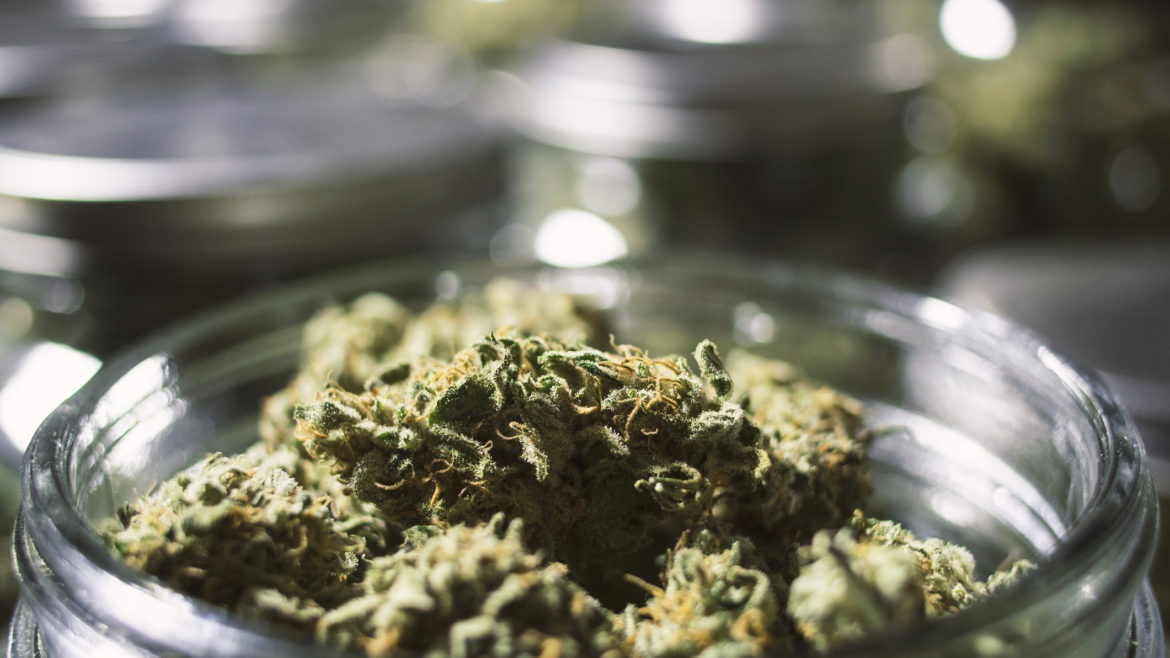Medical Cannabis 101 [Part 1]
This article will seek to provide an historical overview of the Marijuana plant, its role throughout history, and how it has come to play a significant role in the present day as a medicinal aid in the arsenal of a Physician’s tools of practice. It is imperative that Physicians and providers understand not only the plant and the various extracts, but also the system of the body that is most largely affected – the Endocannabinoid System. How all of these factors combine within the legal constraints that a provider is beholden to, as well as the practicalities of ‘recommending’ cannabis, will also be discussed.
HISTORICAL OVERVIEW
During human evolution many plants have been discovered to have euphoric or medicinal effects. The earliest medications that our ancestors used were from plants, opium for pain, foxglove and digitalis, willow bark and aspirin, cinchone and quinine. Marijuana with its often poignant aroma, and rapid onset of effects was bound to be discovered by our ancient ancestors.
Ancient use of marijuana:
The first recorded medical use of marijuana was described in Indochinese medical texts more than 3,000 years ago. At that time it was found to be useful for a variety of both physical and mental conditions. A Chinese medical text of the time prescribed marijuana leaves for tapeworm. The seeds were pulverized and added to wine to also help with constipation and hair loss.
Marijuana use for recreational and medicinal effects spread throughout the Greek and Roman empires, and subsequently throughout the Islamic empire. Herodotus in 440 B.C.E., discussed the Scythians using cannabis to make a vapor for steam baths. By the middle ages it was regularly used externally as a balm for muscle and joint pain.
Marijuana was introduced to the America’s by the Spaniards in 1545 for use as fiber. Hemp became the first major fiber-producing plant in the U.S. By 1619 King James I ordered every colonist to grow 100 plants specifically for export. Hemp was a major crop throughout the Americas by the 18th century.
Western medical use of marijuana:
Although, cannabis plants were ubiquitous throughout the U.S., marijuana as a medicine did not make its way into Western medicine until the 1839. At that time, Dr. William B. O’Shaugnessy returned from India with considerable experience using marijuana for medical purposes. He encouraged physicians to recommend it for insomnia, pain, muscle spasms and other physical conditions. It soon became an accepted treatment.
After its introduction and wide-spread acceptance into medical practice of the time, it started to be used for a wide variety of ailments, including gonorrhea, cholera, whooping cough and asthma. It was predominantly used as an orally-ingested tincture. It is said that Queen Victoria used cannabis tincture for menstrual cramps.

